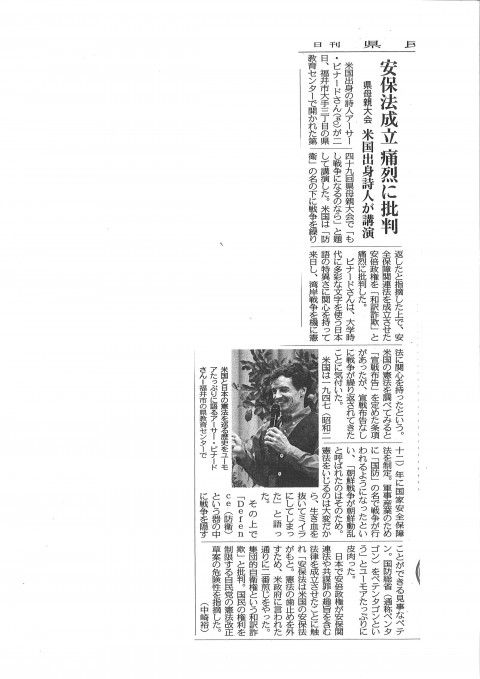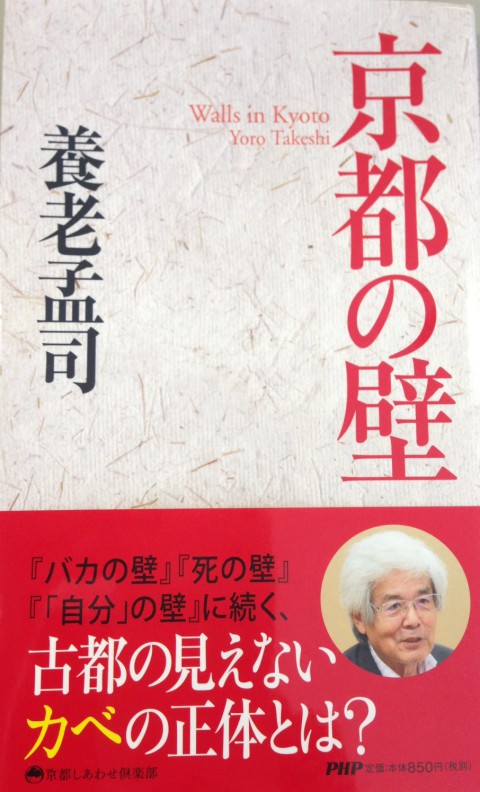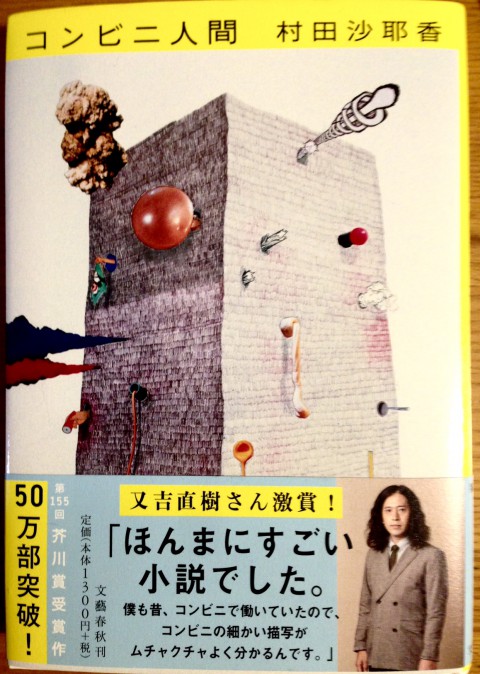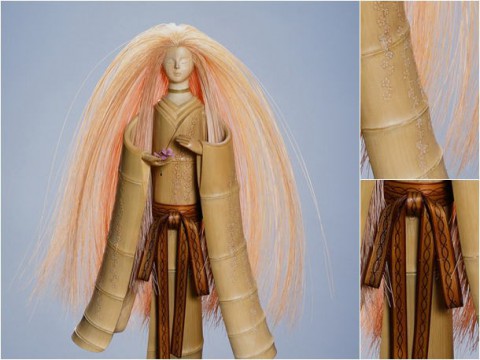The fifth collection of tanka by Machi Tawara called “I am Mario” (2013)
2017.10.02
*Tanka means a 31-syllables Japanese poem.
I read the book ”I am Mario" sometimes before I go to sleep.
Every tanka is lively and I feel overwhelmed with her remarkable talent in creating tankas.
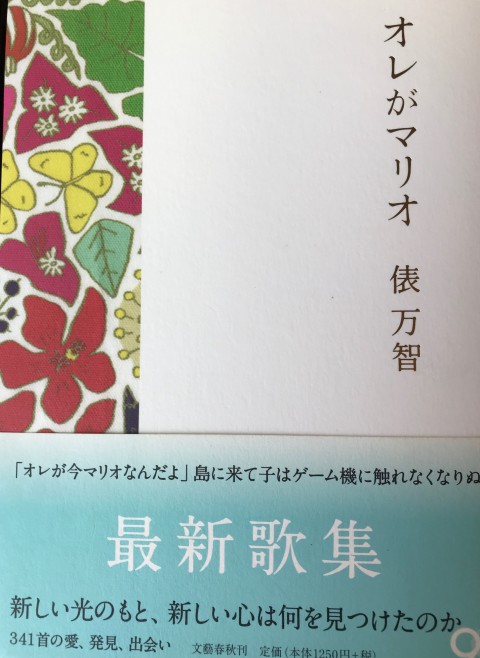
Machi moved to Ishigaki Island from Sendai City after the Great East Japan Earthquake
with her son, who was 7 years old. After a while, she noticed that he hasn’t been used his game machine and said to him “You don’t play a game lately, do you?” Then he replied “Because I am the Mario now, mom.” The book title was taken from this conversation.
Since he came to Ishigaki Island, it seems that he came to think he himself was the game’s main character by spending time in nature.
Here is her tanka about that.
“I am Mario now” since we came to this island, my son stopped playing a game
Talking of Machi’s son, now there is a collection of sayings on the internet.
And his sayings had been a popular topic on Twitter. He seems to have a good taste in choice of words, which may be because of a gene from his mother.
Additionally, I will introduce some other tankas which are about life in Ishigaki Island from the collection.
Short winter is gone like a part of paste and the island’s beaches open in March
A shower gets the island wet like crunchy straws are falling
Daily life like Orion Beer is always in the fridge is not bad and my 40’s passes
The day I did snorkeling, I thought humans are creatures on the upper half of the earth
School of fish turns around quickly and smoothly like dropping oil on a mass game
In June, kids of the island practice in a rice field not for planting but harvesting
My son is sleeping with a reward of the day, which he saw a crested serpent eagle
While I can see everything through the eyes of a traveler, I see the blue of the sea
By the way, Machi Tawara is a person who has a deep connection to Fukui Prefecture.
Because she used to live in Echizen City in her junior and high school days. Also, she is
a big fan of brothers and a cousin’s band “Kiiyama Shoten” from Ishigaki Island, like myself,
so I have a sense of closeness very much. In Ishigaki Island, she was on the radio together with the members of the Kiiyama Shoten. Currently, she lives in Miyazaki City because of her work but she sometimes visits ‘home’ Ishigaki Island.
As for the cover of the book, the work of a textile designer from Ishigaki Island,
MIMURI is used. The colors are very beautiful and bright. The image is exactly the same with vegetation in Okinawa and Ishigaki Island. (H.S)
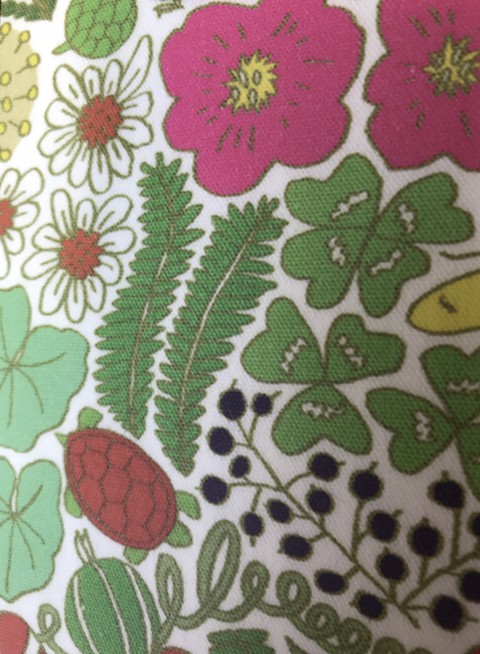
Machi Tawara talks about “I am Mario” (Only in Japanese)



